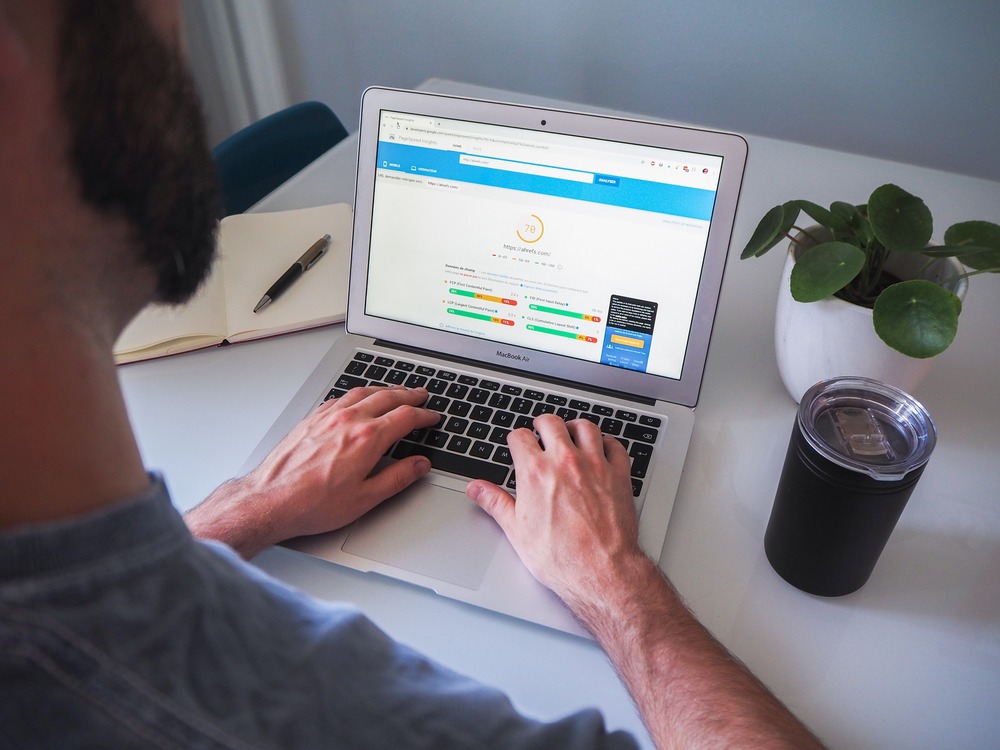Now Measure Offline Leads with Google Ads
Now Measure Offline Leads with Google Ads

Do you know how many times an average person visits google.com and click on google ads ?
An average internet user visits google.com 3 to 4 times to perform searches. The popular search engine is like a technological genie to find solutions to our problems.
But apart from the search engine, Google has also gained popularity amongst marketers. It offers PPC ads to marketers to promote businesses, boost website traffic, and increase conversions.
We are sure you have an idea about what Google ads are and how it works. One of the major reasons for Google ads’ popularity is its easy-to-understand metrics. Marketers and publishers can easily check the performance of their ads. They can see how many people view the ad, how many clicked on it, how many people signed up for a newsletter, and how they became customers.
Today’s article will discuss important features rolled out by Google Ads. Furthermore, we will also discuss measuring offline leads with Google ads.
Let’s begin…
What is an Enhanced Conversion For Leads?
Enhanced conversion is an efficient type of tool. Ad publishers can use existing change labels in Google Ads to make transformation estimation more exact. Moreover, they can set up enhanced conversion estimation in Google Ads or Google Tag Manager.
Improved Conversions use your current Google Ads code and send secure information to Google privately.
How Does This Function?
You will get hash data and shipped off Google data from the web-based prospect, e.g. email, name, address, etc. This data will then be used to upgrade your transformation estimation.
One-way information transmission is used by Google to provide safe calculations.
Hash data implies that individuals’ data is protected, private and mysterious. Improved changes for the network are related to enhanced conversion in uniqueness.
To establish enhanced conversion for leads, you want explicit client data. Google expects something like one of the accompanying client information:
- Email address
- Name and place of the house
- Telephone number
Advantages Of Enhanced Conversion
There are many advantages to setting up enhanced conversions. Some of the key advantages include:
1. Easy To Set Up
It’s a no-brainer to set up enhanced conversion on your Google ad account. All you have to do is follow the exact steps required by Google, and you’ll be good.
The next benefit is:
2. Better Understanding of Customer’s Journey
Google Ads Enhanced Conversion tracks customers’ interaction and behavior with the ads. This data helps ad publishers understand their sales funnel and the buyer’s stage in their journey.
3. Provides Data For Retargeting
Retargeting refers to showing ads to prospects who have previously visited the website or clicked on the ad. Retargeting ads are like a reminder to prospects of what they are missing out on.
Google provides deep insights to marketers about who viewed the ad and how many visited the website. With the help of this data, marketers can design a retargeting campaign to convert hot leads into customers.
Google Ads Conversion Tracking
So, you have your Google Ads campaign ready. And it means that promotions and catchphrases are starting to have a great number of clicks. That’s amazing!
But…you will not be able to obtain the number of clicks or views.
The only way to have them is to have conversion tracking introduced. Google ads conversion tracking is a useful asset. It allows you to recognize how well your advertisement crusade creates leads, such as deals, downloads, etc.
The information recorded by conversion tracking allows you to differentiate which region is working. So, you can upgrade your offers, promotion text, and catchphrases.
Basic Steps For Setting Up The Google Ads Conversion Tracking
Implementing conversion tracking includes creating a touch of HTML code in Google Ads. This gets you into the page on your site that clients visit following finishing the change.
To begin, click on the Tools and Analysis tab in Google Ads. Select the option Conversions from the drop menu, which raises the All-changes page. Click on the Conversions tab, then click the +Conversion button to make your most memorable conversion.
You’ll be excited to finish up a structure that will assist with researching Ads and create the fitting HTML code for you to glue into your site page. However, amidst all excitement, do not forget to name the conversion. For example, “Contact Form entries” to follow how often guests finish up your site’s ‘Contact Us’ structure.
After that, select from the following to compel the audience to take action:
1) Webpage
2) Call Now
3) App download
Let’s talk about the most awaited part of this post, tracking offline leads with Google ads.
Offline Leads Tracking
Google rolled out a new feature that allows you to track offline leads, i.e., the leads that don’t convert to customers online.
Let’s give you an example here: Customer X views an ad for a huge sale by a store. Instead of visiting the website to buy products online, he visits the brand’s retail store.
So, offline leads tracking measures the results taken in the offline world due to clicking or viewing the ad.
Let’s take a look at some of the major benefits of Offline Leads Tracking…
Benefits of Offline Leads
Bringing offline leads tracking occasions gives you a more detailed look at your ad’s performance and the audience’s response.
With the help of this information, you can design and pull off campaigns that effectively target your potential customers.
Some other benefits include:
1. Helps Identifying Cost-Effective Conversions
With the help of offline transaction data, businesses can identify the keywords and campaigns that generate quality leads.
Once the business identifies the keywords, phrases, and campaigns that work, it can continue spending money on it and limit or budget on those that do not derive sales or leads.
Moving on to the next benefit, which is:
2. Helps Focusing on Revenue
Running ads doesn’t equate to boosting sales. The ad is successful when it derives sales or leads for the business.
Suppose the ad is clicked thousands of times. Yet, it is not converting prospects. In that case, the company’s budget and resources are a complete waste.
Using Google ads offline conversion tracking, businesses can easily import customer interactions that showed some promising results. The business can import the prospect’s name, time, currency codes, value, and GCLID.
This data will help businesses focus on revenue generation and not only the ad impressions.
The last benefit of Offline Leads is:
3. Ready-made JavaScript Code for Capturing GCLID
Google attaches GCLID (Google Click ID) to the website’s URL when customers visit an online store. This, Google click ID, tracks the user.
Websites have to attach JS code on every webpage of their website to acquire the CLID parameter.
However, thanks to Google. It provides ready-made JS codes to help websites capture and collect GCLID parameters in a cookie. It allows the GCLID’s hidden field and website visitor’s information to enter your CRM system.
Conclusion
Google ads are a big helper in increasing brand awareness, boosting conversions, or driving sales.
Now, measuring offline leads is also made possible by Google ads. It will surely help marketers and website owners to take up their businesses a notch or two.







